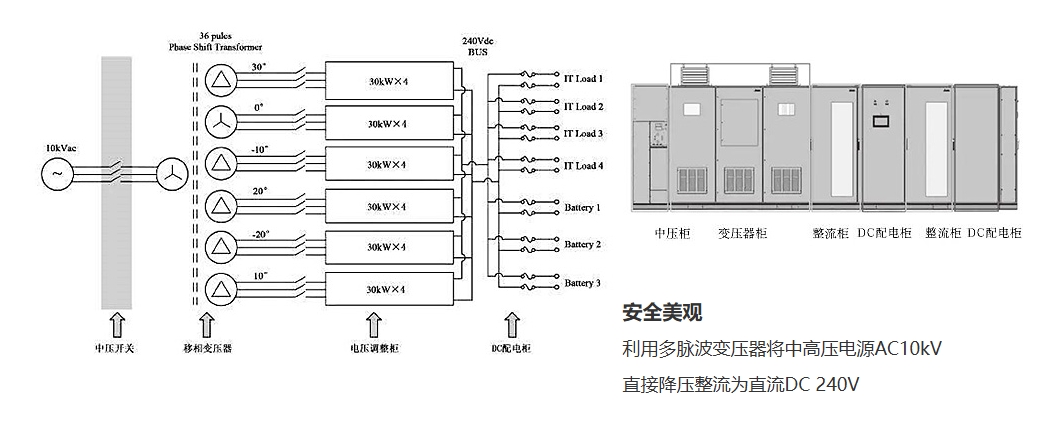






As the key infrastructure and physical carrier of the digital age, data centers are gradually transforming from cost centers to service centers, from supporting business development to driving business development, and becoming an accelerator of business innovation.
In the future, domestic data centers will develop in two polarizations. One pole is the ultra-large-scale data centers driven by IDC and cloud service providers. Users' needs have become to maximize the commercial value of data centers, business agility and standardization have been improved, and there are more mutual influences between design-construction-operation and maintenance; deployment speed is faster, deployment is carried out in batches on demand, the scale is larger, and the TCO requirement per kilowatt of IT is lower; the other pole is the edge computing data center close to the data usage location, supporting real-time interaction and immersive experience, and users hope for overall delivery without human intervention.
Data center construction is a complex system engineering. From the initial design and planning to project construction, to the installation of supporting facilities and later operation and maintenance services, they need to be interconnected and complementary.
New technologies, new businesses, and new applications are profoundly affecting the construction and operation and maintenance models of the new generation of cloud data centers, and have brought new challenges to design concepts, construction standards, delivery speed, network structure, business continuity, security, reliability, energy conservation and environmental protection.

The power supply and distribution system of the data center is a system that provides stable and reliable power supply support for all equipment in the computer room that requires power supply; it is one of the major expenses of daily operation and maintenance of the data center. In the data center, the power supply and distribution system is equivalent to a person's "heart and blood vessels", responsible for delivering energy to every device in the system.
The power supply system of the data center involves many subsystems. According to the purpose and characteristics of the power supply equipment required by the data center, the power supply and distribution system of the computer room can be divided into two parts:
Equipment power supply and distribution system and computer room auxiliary power supply and distribution system.
Equipment power distribution system:
According to the requirements of computer equipment, computer external equipment, auxiliary equipment, etc. for the power supply system, reasonably select power equipment to form a power supply and distribution system that meets the requirements to ensure the reliable operation of computer equipment and external equipment.
Computer room auxiliary power supply and distribution system:
A power supply and distribution system that provides power supply support for computer room equipment (such as air conditioning equipment, power equipment, lighting equipment, test equipment, etc.) to ensure the normal operation of computer equipment.
New power supply for data center power distribution
